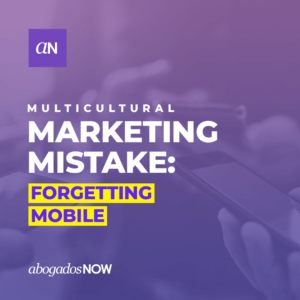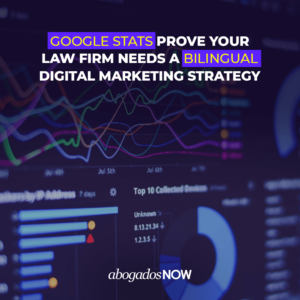Have you ever heard the phrase “Content is King”? It is a widely held belief among digital marketers everywhere. The idea is that if you provide your audience with high-quality content, they will want to work with your brand. This belief is why so many marketers give free tips, tricks, and ideas on marketing but still charge a fee for working with clients. Bill Gates himself birthed the concept of ‘content is king’ in a 1996 post on the Microsoft website, saying that “Content is where I expect much of the real money will be made on the Internet, just as it was in broadcasting” (source).
Modern digital marketers were quick to crown context as queen after noticing that content without a proper context would deliver diminishing results. Context is your intent; the reason your business created and disseminated content is as important, if not more, than the actual content. For example, someone could write incredible copy about a revolutionary hormonal birth control pill for women. Still, if that content is placed in a men’s health magazine, the copy is less likely to resonate with the audience, with the context being about women’s health. With content as king and context as queen, where do the marketing heirs fit in? Here at Abogados NOW, we consider accessibility to be the first prince or princess of digital marketing.
What is accessibility?
Accessibility is about trying to include as many people into your brand or business as possible. By making your content more accessible, your brand’s reach is expanded to include an audience that is largely untapped by most content creators, bolstering your brand in the process. Accessibility has begun to gain traction, and the technology supporting those with accessibility problems has been improving rapidly even within the last five years.
AI Translation has gained traction and can be seen on social media platforms automatically translating content into your audience’s preferred language, expanding the international (and communal) reach of content. For example, there are currently more than 25 million limited English proficiency individuals residing in the United States. If your website is only published in English, you are rendering it inaccessible to that massive audience. By providing a version of your website in just one other language, you will be reaching an audience that could never have understood or engaged with your content before. Relying on purely AI translation is risky, but it is a good first step towards increasing your content’s accessibility.
Moving beyond language barriers, technology such as screen readers have been helping the blind, visually impaired, and others to use computers since the ’80s. Screen readers have improved along with technology, but it has only been relatively recently that social media platforms have begun to offer alt-text features within their platforms.
Captioning or subtitling is another example of accessibility. Video content is growing in popularity, but any message delivered over audio is lost to deaf viewers. Captioning a video makes the content comfortably consumable to the deaf community and thus gets your brand and message in front of more people who may convert into customers.
Subtitles are also a great resource to use on videos for translating the content into other languages. Most video editing software includes ways to add subtitles; although manual translation is usually required, most marketing agencies provide some language support as part of their content marketing plans.
As a digital marketer, your goal should be to get content in front of as many eyes as possible. Keeping your content in context and making it accessible to as many people as possible increases the chances that your content will be seen.
We encourage you to think bigger when it comes to delivering content to the right people. Failing to create content that is accessible to all audiences can be a massive limitation to your brand’s growth. It may be seen as insensitive by audiences that may want to engage with your content and may be unable to. Care must be taken to not be haphazard in your brand’s accessibility program. An accessibility program must be a genuine effort to be seen, heard, and understood as a brand. Errors such as mistranslating, miscaptioning, or incorrect context can further discourage those trying to engage with your brand.
When done correctly, accessibility can greatly impact your brand, driving awareness and increasing your content’s reach.
Content is King, so they say. Context is Queen, they proclaim. But the first Prince or Princess of digital marketing is the new talk of the royal family of content, and they are going to be a star.





